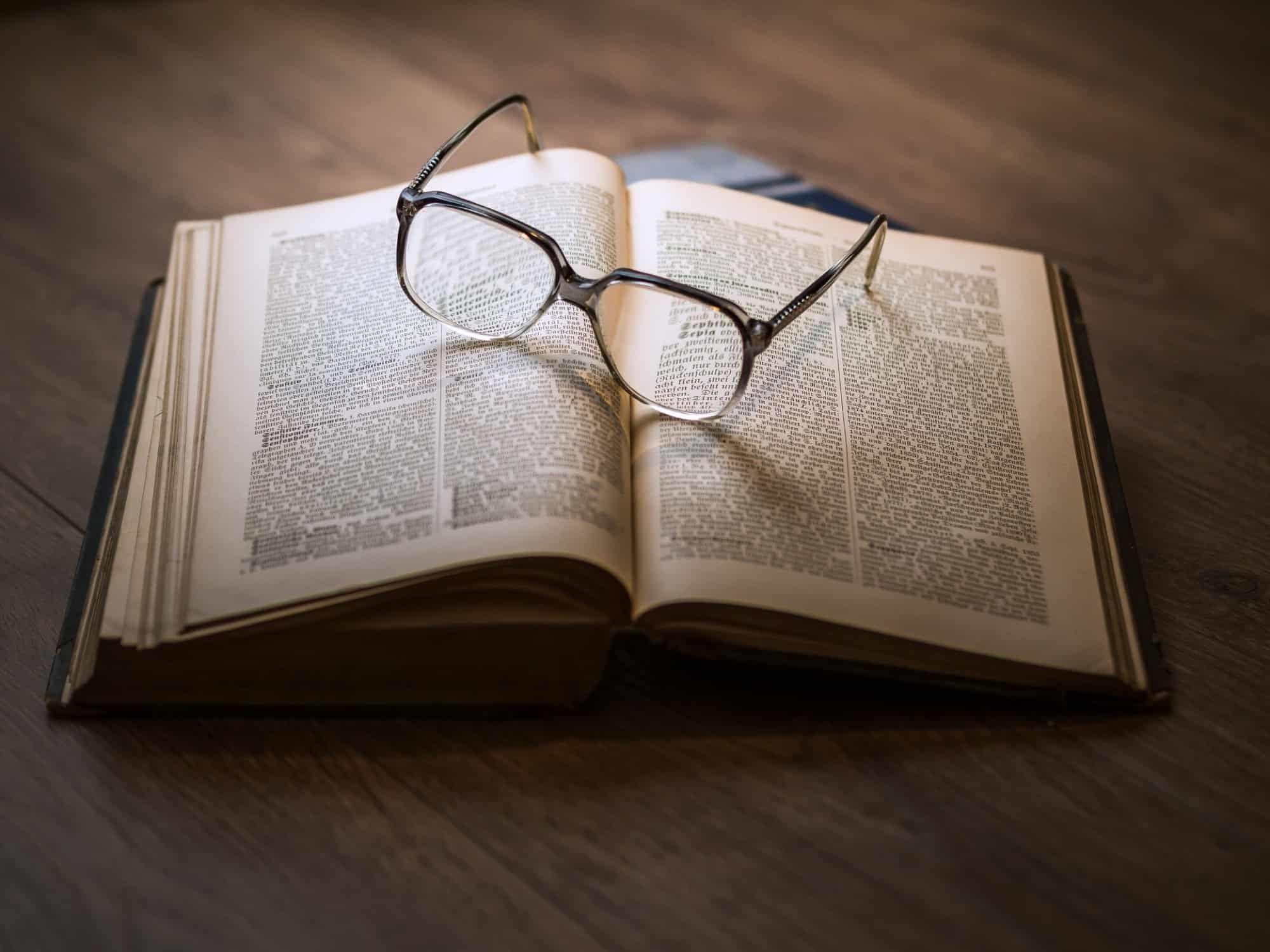Many of our partners are adopting Thermal Imaging solutions – Thermal Imaging for Solar Inspections or Thermal Imaging for Facilities. We provide here a more theoretical foundation of the underlying science for your benefit.
Please go to the respective pages linked above for details on the specific applicability.
General technology background
Infrared energy (IR) is part of the electromagnetic spectrum, and it behaves similarly to visible light.
That means that IR can be absorbed, emitted, reflected, and refracted.
All objects radiate IR depending on their temperature. Warm objects radiate more IR light than cooler objects.
An object that is at absolute zero (-273.16 °C) emits almost no IR radiation.
IR radiation is not visible to the human eye.
Thermography technology measures IR radiation and produces a visible image of IR light emitted by objects. That visible image correlates to the temperature of the object.
The correlated temperature image is called a thermogram. The thermogram is developed using false-color (or pseudo-color) images that, in turn, make interpretation of the thermal patterns easier.
What are Thermograms?
Thermograms are maps of objects and surfaces using various color hues representing the distribution of thermal energy radiating from that surface or object. The radiation includes light or IR energy emitted, reflected, transmitted, and potentially modulated by the atmosphere around that object.
The simple purpose of a thermogram is to visualize the temperature difference of the target compared to a reference temperature. The reference temperature might be ambient temperature, the baseline temperature of the equipment or facility measured under normal conditions, or the temperature of similarly loaded equipment or phases.
Simple Thermograms are “qualitative.” They represent thermal energy without correction for variables like reflection. Thus, they represent an approximate temperature.
Even without accurate temperature values, qualitative thermograms are valuable for the wealth of information they provide and their ease of use.
Quantitative Thermograms correct for extant variables, resulting in near-exact surface temperature and numerical representation. The numeric data captured in a quantitative inspection can be trended and benchmarked in a more “data-based” approach.
Qualitative thermograms require less complex systems, are easier to use, and take less time to create. In many cases, Qualitative thermograms provide enough information for comparison and for the operator to find the source of the problem.
Interpretation of qualitative thermograms is subjective and not detailed to understand complex problems; thus, qualitative analysis is a diagnostic approach to finding problems that require thorough or quantitative investigation.
Many PM teams find qualitative thermograms are sufficient. The systems and required operator training for qualitative inspections are quite affordable and can quickly provide valuable information about the condition of your equipment and facilities.
Teams that wish to use a more data-based and detailed review of their equipment and facilities use quantitative thermograms.
Quantitative thermograms generate more accurate temperature data, which is collected and analyzed to enable trending, detecting the severity of a problem, or even implementing early-warning systems.
The quantitative approach does require more sophisticated technology, including integration into your systems and increased thermographer training and experience.
We recommend the following minimum strategy for thermograms:
For Annual PM IR inspections
Use qualitative thermal examination to compare to similar equipment and to detect simple anomalies.
For Troubleshooting suspected or known problems
Use a qualitative thermal inspection to identify a problem or quantitative thermograms to find the root cause and determine the severity of the problem.
For Evaluating repair work, Proof testing new installations, or Evaluating conditions for condition- problem-based maintenance program
Use qualitative thermal inspection to determine if a problem exists and quantitative analysis to define the problem.
What are the Targets and Target Signatures?
A target is an object, equipment, surface, or facility that is to be detected, identified, located, recognized, and measured.
Target signatures are the baseline size (spatial), wave band (spectral), and temperature (intensity) features that discriminate against the target from the background.
Thermographic systems highlight the intensity differences. The signatures, like fingerprints, are the characteristic patterns that the thermographer learns to identify.
How does one Detect Thermal Anomalies?
Remember that thermal analysis is touchless and does not measure temperature directly. Instead, it measures the radiation that seems to emanate from the target. The measured radiation, therefore, includes the target’s self-emission, transmitted radiation, and reflections, among other variables.
We detect the difference between normal and abnormal temperatures by comparing an object of known emissivity and operating characteristics (a benchmark) or by symmetry (balance) when using a thermal imaging camera.
Comparing the temperature or thermal pattern of one object to a similar object that is known to be properly operating is one way of detecting irregularities. The more similar (i.e., the same manufacturer, same load, equal emissivity, and same environmental conditions) the objects compared, the more critical any observed anomalies.
Objects operating under normal conditions tend to exhibit a balanced or symmetrical pattern. Asymmetric patterns are another indicator of potential irregularities.
In simple terms, operators using thermal analysis develop a pattern recognition experience, enabling the ability to discern anomalies. The pattern recognition skill is either a qualitative observation or a quantitative numerical deviation from historical norms.
Radiation Implications
Thermal solutions detect radiated heat energy emitted, reflected, and transmitted from a surface.
The IR imager receives all three types of energy, which contribute to variations between the measured and the core temperature at the target.
A fourth factor, the geometry of the surface or object, also contributes to temperature differences from the actual.
Pay attention to and factor in all four contributors to the inspection to achieve accurate measurement and correlation of emitted radiation.
What is Path Radiance and Atmospheric Transmittance?
Path radiance refers to radiant energy that comes from the medium (typically air) that the target energy passes through on its way to the IR measuring device.
The path radiance effect is frequently small, especially when the distance to the target is short.
How do Atmospheric Transmittance and Atmospheric Absorption affect thermal analysis?
The atmosphere around us comprises many different gasses, particles, and other matter. This matter can absorb, redirect, or reflect radiation from the target to the imager. That resulting reduction in emission from the target reaching the IR measuring device is attributed to atmospheric transmittance.
When viewing a target from a long distance, you must include atmospheric transmittance in the target temperature calculation.
Atmospheric absorption refers to the process by which radiant energy is naturally absorbed by the atmosphere. The further away the thermal imaging instrument is from the target surface, the more likely the IR signal reduction is due to atmospheric absorption.
The level of signal atmospheric absorption depends on weather conditions. High humidity, or snow, rain, dust, and other airborne matter, can increase absorption and reduce signal strength.
For most thermal inspections performed indoors or at relatively close distances to equipment, ignore atmospheric conditions (weather). Postpone outdoor inspection in unusual weather conditions.
What is a Blackbody?
A blackbody is often called an “ideal body” that completely absorbs all the radiant energy striking it. A blackbody, therefore, appears perfectly “black” when measured at all wavelengths.
Blackbodies are used as a reference to calibrate IR measurement devices. The radiation “emitted” by a perfect blackbody has an emissivity of one. It has a reflectivity of zero at all wavelengths.
What is Emissivity?
Emissivity is the property of a material that compares its ability to radiate energy relative to a blackbody at the same temperature.
The higher the emissivity, the more efficiently an object acts as a radiator of heat.
Reference tables are available which identify the relative emissivity of various materials. However, these tables are reflective of idealized measurement conditions and are only approximate.
Experienced thermographers do not rely on emissivity tables when conducting quantitative temperature measurements. They prefer performing their checks to determine the emissivity of each target.
Emissivity values are measured on a scale ranging from zero to one. Keep in mind that emissivity is affected by a variety of factors, including surface characteristics such as age, dew, dirt, dust, paint, frost, chips, scratches, and weathering effects, among others. Generally, smoother surfaces produce lower emissivity, while rougher surfaces produce higher emissivity.
For the most accurate IR readings, the target’s emissivity should be as high as possible. The result is that most of the measured energy is emitted from the target itself rather than reflected.
When measuring the temperature of low-emissivity surfaces or objects, it is critical to reduce interference, such as reflections. This seemingly minor interference could introduce errors due to the naturally low emissivity of the measured object.
The viewing angle and temperature also affect emissivity. An experienced operator points the IR imager as close to perpendicular to the target surface as possible.
One cannot know the precise emissivity of the target and surrounding environment, and it can be time-consuming and challenging to determine. Therefore, it is tough to determine accurate temperatures. As a result, thermal Inspections tend to be mostly qualitative.
When quantitative values are required, the certified and experienced thermographer uses a comparison method. They determine the emissivity by comparing an object with known emissivity to the target object. Then, they record and adjust the target emissivity accordingly.
How does reflectivity affect thermal inspections?
Reflectivity is the property of a material that describes its inherent ability to reflect energy from another source on the same side of the target as the infrared measuring device.
The measuring device reads a combination of reflected energy and radiated energy from the target, and the amount of reflected energy overstates the measurement.
Objects with high reflectivity and low emissivity are particularly susceptible to variances. Experienced thermal inspectors work to minimize reflectivity in these situations.
How does transmissivity affect thermal inspections?
Transmissivity is the property of a material describing its ability to convey energy from another source on the opposite side of the target from the infrared measuring device.
The IR measuring device detects a combination of transmitted energy and radiant energy, and the measure results in a false or inaccurate target temperature. This misreading is particularly challenging when the targets are transparent to infrared energy.
However, the transmissivity variance is rarely a problem in an industrial application. Opaque objects do not transmit infrared energy. Remember that we are not talking about visible light; we are talking about infrared. Glass and many plastics are transparent to and transmissive to visible light, but they are opaque to infrared and appear black in an IR camera viewfinder.
That said, infrared windows found in electrical panels, cabinets, or housings act as filters and attenuate infrared energy.
The experienced thermographer is aware of the effects of transmissivity. They make provisions to eliminate such effects to arrive at accurate temperatures.

Resources And References
- Academy of Infrared Training
- Infrared Training Center
- IR Information for the Real World
- Infraspection Institute
- Reliabilityweb
- FLIR
- SUAS Toolkit

Leon Shivamber
Partner
Advisor, Entrepreneur, Strategist, & Transformation Agent

Brad Nichols
Partner
30 plus years focused on mission-critical technology and operations
